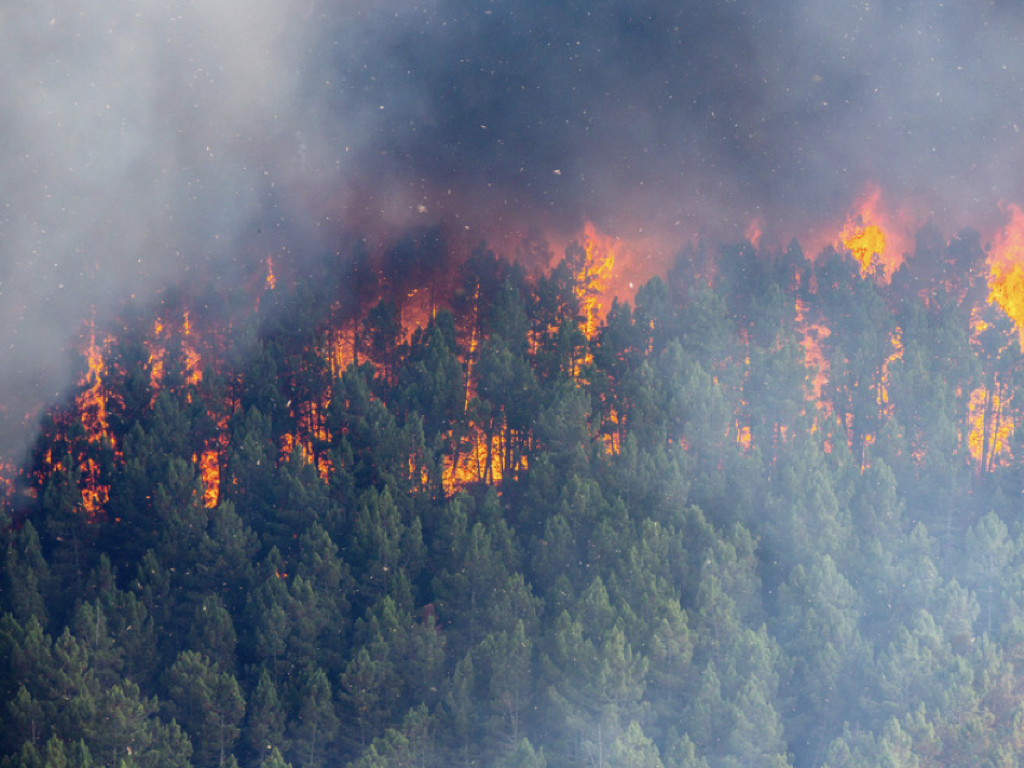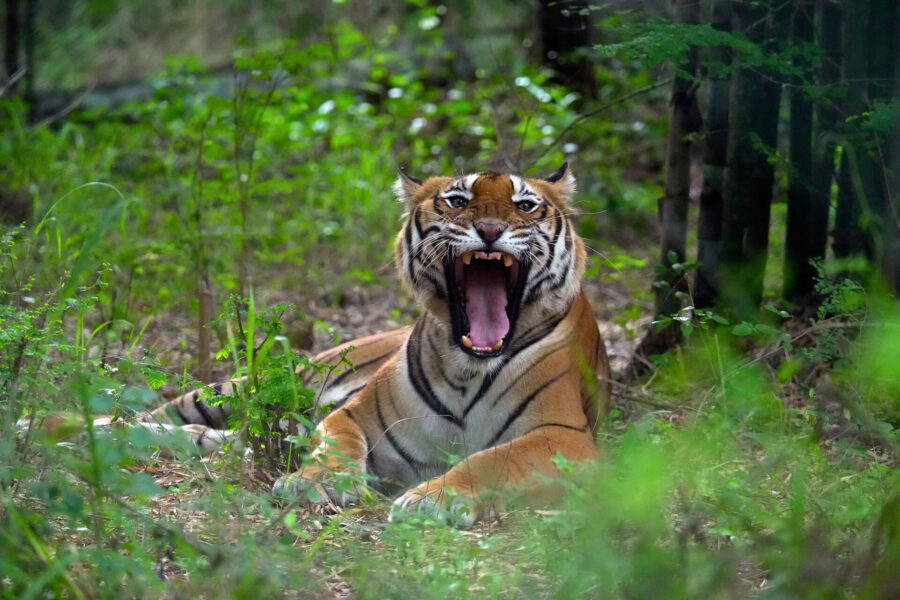Forest fires occur due to a variety of reasons. Frequently, it takes just moments to spark an inferno. The wildfire quickly spreads, consuming the thick, dried-out vegetation and almost everything else in its path. During peak summer the dry forest becomes a virtual powder keg of untapped ‘fuel.’ In an instantaneous burst, the wildfire overtakes thousands of hectares of surrounding areas threatening the lands, homes, and lives of many in the vicinity. As it spreads over trees, it sometimes takes a life of its own — finding ways to keep itself alive and creating smaller fires by throwing embers miles away.

Many times, forest fires occur because of natural causes when the trees and other vegetation are tinder dry. Trees rub against each other in high wind velocities that cause friction and fire. This is truer of bamboo forests. Amongst dry bamboos, fire spreads uncontrollably fast burning all other vegetation. Owing to high temperatures during summer, not only are the trees drier, the grasses and leaves and other vegetation that carpet the ground are thoroughly dried up, too, and ignite at the first whiff into raging flames. Absence of the usual, thick foliage causes the winds to blow faster and rapidly carry the fire to other parts of the forest. Occasionally fires are also caused by lightning. However, human negligence as an important factor cannot be mitigated. Fire lines in the forest ought to be maintained as per certain requirements that are specified in the Forest Department’s manuals. Sometimes the forest beat guards –whose task it is to monitor fire lines– become negligent and the lines are unable to check a spreading fire. Also, they are supposed to be on their beats the year round and look for suspicious activities that cause fires, sometimes turn neglectful or inattentive.
There are also other reasons like villagers not dousing their hearths after cooking. There have been reported instances when people light up small fires to keep wild animals away from the village that survives on their cattle, dogs, goats, pigs, and poultry, etc. Some forests also employ fire watchers from amongst the villagers. Owing to inadequate training and refresher programs in early detection, large fires happen to be caused. Human-caused fires constitute a large percentage of fires in our forests, but natural fires are still the major factor. Human-caused fires are usually detected early in their duration, and hence contained with relative ease. Natural fires, on the other hand, can burn for days in the undergrowth before being detected. When the winds come in high velocity the same fire engulfs the entire forest of thousands of hectares. The long-term impact of fires in forests is a crucial concern.
A major fire occurred on February 21, 2019, in the Bandipur Tiger Reserve. It fanned across Kundakere, Bandipur and Gopalaswamy Betta ranges of the Reserve and burnt down nearly 10, 000 hectares of the Reserve’s total area of 87, 000 hectares. Vast swathes of flora and fauna were turned to ashes before the fire could be brought under control.
Countless acres of forests are burned because of human carelessness. Some simple steps can help prevent fires in or near forest land during the forest fire season – Never play with matches or fires, make sure your campfire is out before leaving, dispose of used matches and butts in a closed container or a cup of water, don’t burn anything highly combustible, including paper or fabric soaked in oil or gasoline. These simple measures can go a long way.




